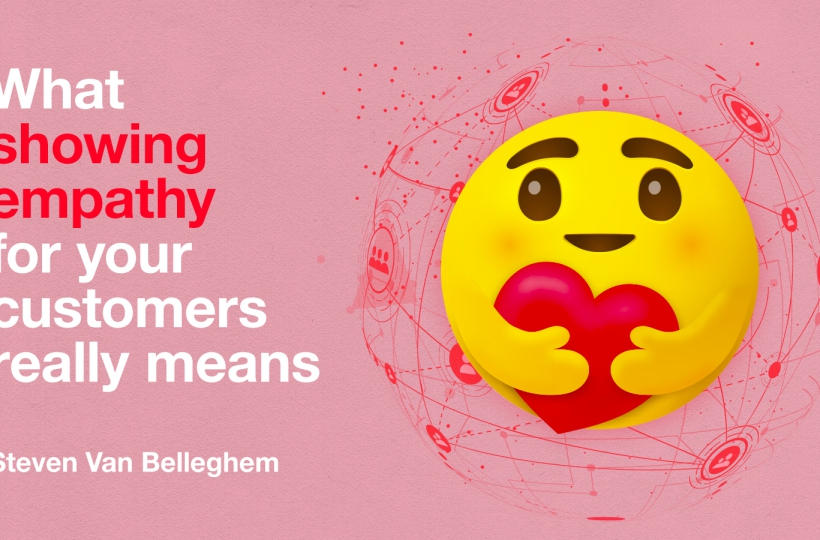What showing empathy for your customers really means

In fact, it’s the one domain where computers don’t even come close to competing with us. Over the years, software has even become quite good at being creative, but empathy remains that last beacon, something that is typically human. Unfortunately, it’s not because you are human, that you’re automatically good at being empathic. Those are two very different things. But it does remain our domain for now, which is why it is so essential for modern organizations and an asset we really need to boost.
The human behind the customer
So how should we go about that? Well, it’s about truly understanding the humans behind our customers. About making sense of their lives. That’s very different from optimizing the customer journey. It’s about investigating how our brands can have a positive impact on the life of our customer. If you do that, you’re managing the life journey, one of the pillars of my The Offer You Can’t Refuse concept (and book). That does not mean that you need to be around all the time. Don’t be intrusive but understand your customers. Stop ‘just’ selling your products but bring value to their life. That’s what empathy really is about.
We humans are able to connect and instantly adapt our behavior when necessary. If we feel that something is going on with a certain individual, our intellect allows us to readjust our reactions. That’s why the human aspect is so essential to be more customer centric and empathetic.
Proactive digital empathy
But don’t underestimate the digital aspect of creating empathy either. Proactive digital empathy can be of real added value for your customer relations: it is about using the deep learnings extracted from customer data in order to proactively bring certain services into the market.
If your data for instance tells you that customers are uncertain about using a new type of service , or if – for now – they’re uncertain to go on holiday, you can adapt to that. And you can communicate proactively about it to make sure that they feel more secure. Or that they feel more trust. It’s about communicating at the right moment, in a crystal clear manner about certain doubts from your customers which their data patterns uncovered.
So the human side is absolutely essential for showing empathy to your customers, but using data proactively can also support you in that. It will allow you to anticipate to the fact that customers are unhappy, instead of needing to wait until they tell you. That’s a fantastic combination for catering to the life journey of your customers.